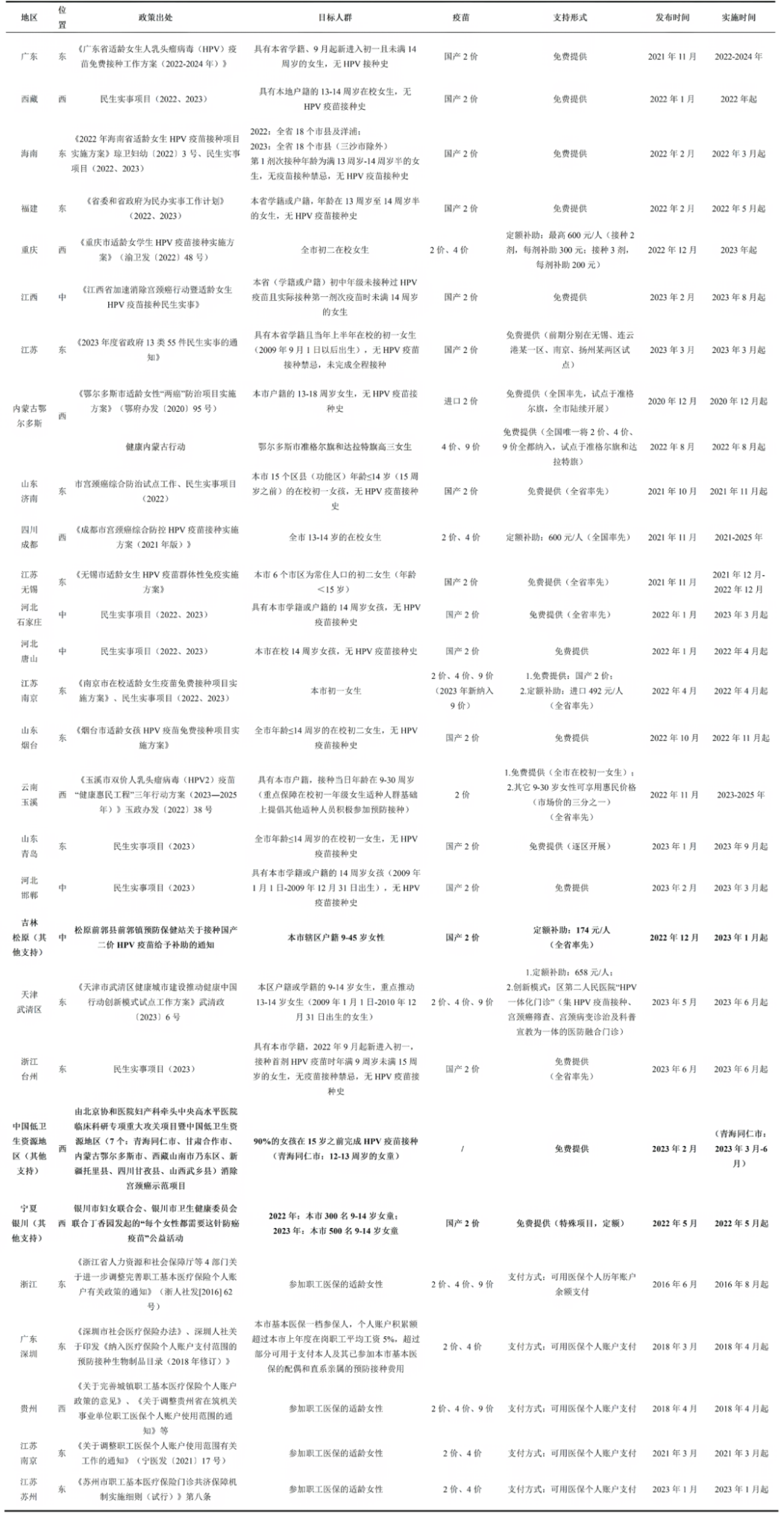Policy & Guidelines
01
Expert consensus on key issues in prevention and control of human respiratory syncytial virus infection in the older population in China
In June 2025, the School of Population Medicine and Public Health of the Chinese Academy of Medical Sciences and Peking Union Medical College, together with a multidisciplinary expert group, released the “Expert Consensus on Key Issues in the Prevention and Control of Human Respiratory Syncytial Virus (HRSV) Infection in the Older Population,” the first systematic expert consensus document in China specifically targeting HRSV prevention and control in older adults. Based on the latest domestic and international research progress, evidence-based findings, and prevention experiences, the consensus focuses on critical topics including HRSV disease burden, prevention and control strategies, and vaccine use and recommendations, distilling nine key technical points from a disease-prevention policy perspective to provide a scientific basis for future formulation of HRSV prevention and control strategies for older adults in China.
The consensus states that HRSV imposes a heavy disease burden on Chinese adults aged ≥60 years, especially those with underlying chronic conditions such as chronic obstructive pulmonary disease, heart failure, and diabetes, who are more likely to experience acute exacerbations, severe illness, or even death after infection, making prevention and control efforts a high priority. At present, many countries worldwide have initiated HRSV vaccination and comprehensive prevention strategies for older adults, and China also needs to issue a national integrated prevention and control program and strengthen systematic surveillance of HRSV infection in the elderly. Although no HRSV vaccine for older adults has yet been approved in China*, international real-world studies have demonstrated that HRSV vaccines can significantly reduce lower respiratory tract infections and related hospitalizations, with good safety profiles in older populations. Based on this, experts recommend that, once vaccines become available, China should prioritize a single-dose HRSV vaccine for adults ≥75 years before the annual epidemic season and gradually refine age-appropriate immunization strategies.
Regarding health-economic evaluation, the consensus emphasizes that studies in high-income countries have confirmed the significant cost-effectiveness of HRSV vaccination in older adults (e.g., the US incremental cost-effectiveness ratio is US$18,430 per QALY); however, data from low- and middle-income countries are urgently needed. Experts call for accelerated cost-effectiveness assessments of HRSV vaccination in older Chinese adults to provide evidence-based support for vaccine introduction decisions. In addition, HRSV prevention and control must be combined with public health and social measures, including enhanced hand hygiene, mask wearing, ventilation, and disinfection, to effectively reduce virus transmission and ease pressure on the healthcare system.
On policy formulation, experts stress the need to improve China’s HRSV surveillance system, particularly by strengthening dynamic monitoring of HRSV-associated hospitalizations and severe cases, to evaluate disease burden among older adults and inform policy optimization. Furthermore, awareness of HRSV prevention and vaccine literacy among older adults should be raised through multiple channels, with enhanced training for frontline healthcare workers and public health education. To increase vaccination uptake, comprehensive measures can be explored, including expanding vaccination service systems (mobile clinics, simplified procedures), encouraging health insurance accounts and insurance coverage, and promoting targeted communication.
*The long-acting monoclonal antibody nirsevimab for RSV prevention in neonates and infants was approved by the National Medical Products Administration of China in January 2024.
Journal Article Recommendation
01
Regulatory Review Time of Vaccine Approvals in China Between 2005 and 2024
This study, co-authored by the School of Pharmaceutical Sciences at Peking University and the Yale School of Medicine and published in JAMA Network Open, systematically analyzed the regulatory review timelines of 272 vaccine marketing-authorization applications (MAAs) submitted to China’s National Medical Products Administration (NMPA) between 2005 and 2024. A cross-sectional design was used; data were extracted from commercial databases and cross-verified against NMPA’s Center for Drug Evaluation (CDE) records to comprehensively assess how different approval pathways, vaccine types, and manufacturer origins influence review duration.
Among the 272 vaccine MAAs analyzed, 201 (73.9%) were approved, 39 (14.3%) were rejected, and 32 (11.8%) remained under review. The median approval time for successful MAAs was 576 days (interquartile range [IQR], 380–973 days), significantly longer than the median review period for vaccines in the United States during 2010–2020 (12 months) and the median duration required for WHO prequalification during 2009–2012 (16 months). Pathway-specific analysis showed that conditional approval was the most efficient route (median 8 days, IQR 8–79), but it was utilized sparingly—only four vaccines (HPV, shingles, and COVID-19) received this designation. The proportion of applications granted accelerated review increased by 56.1%, rising from 0% in 2005–2008 to 56.1% in 2017–2020.
Additional data revealed no significant difference in review efficiency based on manufacturer origin; domestic vaccines (median 629 days) and imported vaccines (median 503 days) did not differ statistically in review duration. Temporal trends indicated a phased improvement: The 2013–2016 period marked the longest median review time (978 days), whereas the 2021–2024 period saw a reduction to a median of 464 days. Vaccine-type distribution showed that influenza vaccines (16.4%), epidemic encephalitis vaccines (11.4%), and rabies vaccines (10.9%) comprised the largest share of applications.
Overall, China’s vaccine review timelines over the past two decades have fluctuated but remain longer than international benchmarks; while conditional approval can markedly shorten review duration, it is used infrequently. The authors conclude that review efficiency is a critical determinant of vaccine accessibility and public-health emergency response capacity. Going forward, conditional and other flexible pathways should be expanded—without compromising review quality—and the implementation of priority and special-review tracks should be strengthened.
*Conditional approval refers to an expedited pathway for urgently needed medicines with outstanding therapeutic value that allows “approval first, verification later” before full clinical-trial completion. Even under early authorization, the approved product must meet all applicable safety, efficacy, and quality standards and must provide comprehensive safety, efficacy, and quality-control data.*
https://doi.org/10.1001/jamanetworkopen.2025.18255
02
Strengthening global routine childhood vaccination
This commentary, authored by Professor Hai Fang of Peking University and published in The Lancet, draws on the latest data from the 2023 Global Burden of Disease Study, which systematically analyzed vaccination trends for eleven WHO-recommended vaccine-dose combinations across 204 countries and territories from 1980 to 2023. The analysis shows that, despite fifty years of Expanded Programme on Immunization (EPI) implementation, global vaccine coverage growth has slowed since 2010. In 2021, 18.6 million “zero-dose” children remained, concentrated primarily in sub-Saharan Africa and South Asia, seriously impeding achievement of the 2030 Immunization Agenda targets (90% coverage and a 50% reduction in zero-dose children).
The commentary points out that current coverage monitoring has several limitations: (1) Data sources rely on WHO-UNICEF national immunization estimates (WUENIC) and household surveys, yet supplementary catch-up activities in low- and middle-income countries lack systematic documentation; (2) newer WHO-recommended vaccines such as pneumococcal conjugate vaccines and rotavirus vaccines have not been incorporated into the immunization schedules of most middle-income countries (which also fall outside Gavi’s funding scope), leading to incomplete coverage data.
As the core indicator for evaluating immunization program effectiveness, childhood routine vaccine coverage not only directly influences disease burden but also serves as a critical parameter for assessing early mortality, health-system resilience, economic benefits, and health equity. The article emphasizes that, amid the ongoing impact of COVID-19, missing catch-up data, and potential reductions in international aid, the following strategies are needed: (1) establish a more robust vaccine-coverage data monitoring system; (2) expand access to newer vaccines in low- and middle-income countries; (3) strengthen vaccine economic evaluations; (4) implement targeted interventions against vaccine hesitancy. Only through multilateral cooperation and sustained investment can we ensure equitable access to life-saving vaccines for children worldwide.
https://doi.org/10.1016/S0140-6736(25)01278-4
03
Successful Interventions to Improve Pediatric Vaccine Uptake in Hesitant Cohorts: A Scoping Review
This study, published in Cureus, used a scoping review method to systematically evaluate empirical intervention studies targeting vaccine-hesitant groups for children under 18 years old in the United States since 2013. The goal was to quantify the actual effects of various measures on vaccination uptake and identify the most effective strategies. Seven quantitative studies that met the criteria were included.
Using thematic analysis, the study identified five major effective intervention strategies: 1) Provider communication (used in 71% of studies), especially the use of “presumptive recommendations” (e.g., “We will be administering the second dose of the vaccine today”), which significantly increased acceptance rates compared to open-ended inquiries; 2) Parent education (57%), using multimedia tools (such as informational materials, interactive platforms, and social media campaigns) to correct misconceptions about vaccines and alleviate hesitancy, thereby promoting behavioral change; 3) Multi-level comprehensive interventions (57%), targeting providers, parents, and system processes, which showed the most potential for increasing vaccination rates; 4) Standardization of vaccination procedures (43%), including automated reminder systems and standardized operating procedures (such as text/phone reminders, unified vaccination scripts, and appointment management), which effectively reduced missed opportunities and improved team efficiency; 5) Provider education and training (23%), focusing on enhancing communication skills and vaccine knowledge.
The study recommends incorporating presumptive recommendations and motivational interviewing into healthcare provider training programs, as well as providing clear and easily understandable scientific information and smart reminder mechanisms for parents to reduce vaccination disparities.
https://doi.org/10.7759/cureus.84399
04
Impact of digital communication message on HPV vaccine decision-making among Japanese mothers: A randomized controlled trial
This study, published in Vaccine, employed a 2×2×2×2 factorial design randomized controlled trial to assess the impact of different digital information characteristics on Japanese mothers’ decisions to vaccinate their 11–18-year-old daughters against HPV. Based on a nationally representative sample, the study included 1,439 mothers of girls aged 11–18, who were randomly assigned to 16 different combinations of digital text messages covering four factors: source of information (individual vs. organizational),cntent attribute (vaccine efficacy vs. safety), format of expression (narrative vs. scientific data), and veracity of information (false vs. factual). Data analysis was completed for 1,324 participants ( registered at Clinicaltrials.gov:NCT06347627).
Results showed that factual information significantly increased mothers’ intention to vaccinate compared to false information (25.9% vs. 11.3%, OR = 2.75, 95% CI: 2.02–3.74) and reduced misunderstandings about the vaccine. Information from organizational sources was more trusted than that from individuals (91.6% vs. 87.3%, OR = 1.58, 95% CI: 1.10–2.27). In terms of format, narrative expressions evoked greater concern about HPV-related diseases among mothers than scientific data alone (40.4% vs. 31.9%, OR = 1.45, 95% CI: 1.15–1.82). However, while factual and trustworthy information significantly improved attitudes towards vaccination, the impact of a single digital information intervention on actual vaccination rates was limited. Moreover, false information significantly lowered confidence in the vaccine’s safety and efficacy.
The study concludes that digital information that is factual and sourced from credible organizations positively influences Japanese mothers’ intention to vaccinate their daughters against HPV. The findings support strategies that emphasize credible sources and factual content while combating misinformation, which are crucial for enhancing public confidence in HPV vaccines and improving future vaccination coverage.
https://doi.org/10.1016/j.vaccine.2025.127327
05
Reduction in self-reported adverse events in Australian adults after change to national immunisation schedule from polysaccharide to conjugate pneumococcal vaccine, 2016-2022
This study, published in Vaccine, leveraged data from Australia’s active vaccine safety surveillance system, AusVaxSafety, to evaluate the short-term safety of the switch from the 23-valent pneumococcal polysaccharide vaccine (23vPPV) to the 13-valent pneumococcal conjugate vaccine (13vPCV) for adults aged 70 years and older in Australia’s National Immunisation Program (NIP) as of July 1, 2020. The study encompassed 70,689 valid survey responses covering 91,116 vaccinations, applying a mixed-effects logistic regression model to compare adverse event reports within seven days following vaccination between November 2016 and March 2022.
Results indicated that, compared to 23vPPV, recipients of 13vPCV had a 51% lower risk of reporting any adverse event (aOR = 0.49, 95% CI: 0.45–0.53) and a significantly reduced rate of medical attendance (13vPCV: 0.3% vs. 23vPPV: 0.9%, aOR = 0.39, 95% CI: 0.30–0.52). The regression analysis also revealed that concomitant vaccination increased the risk of adverse event reporting (aOR = 1.56, 95% CI: 1.47–1.67), with higher rates observed among females and younger recipients.
The study concludes that the change in Australia’s pneumococcal vaccine program did not increase short-term adverse reaction reporting and that 13vPCV demonstrated better tolerability in the elderly population. These real-world safety data provide crucial reference for the future introduction of higher-valent pneumococcal conjugate vaccines (such as PCV15 and PCV20) and aid in the continuous optimization of vaccination strategies.
https://doi.org/10.1016/j.vaccine.2025.127432
Content Editor: Tianyi Deng
Page Editor: Ruitong Li





